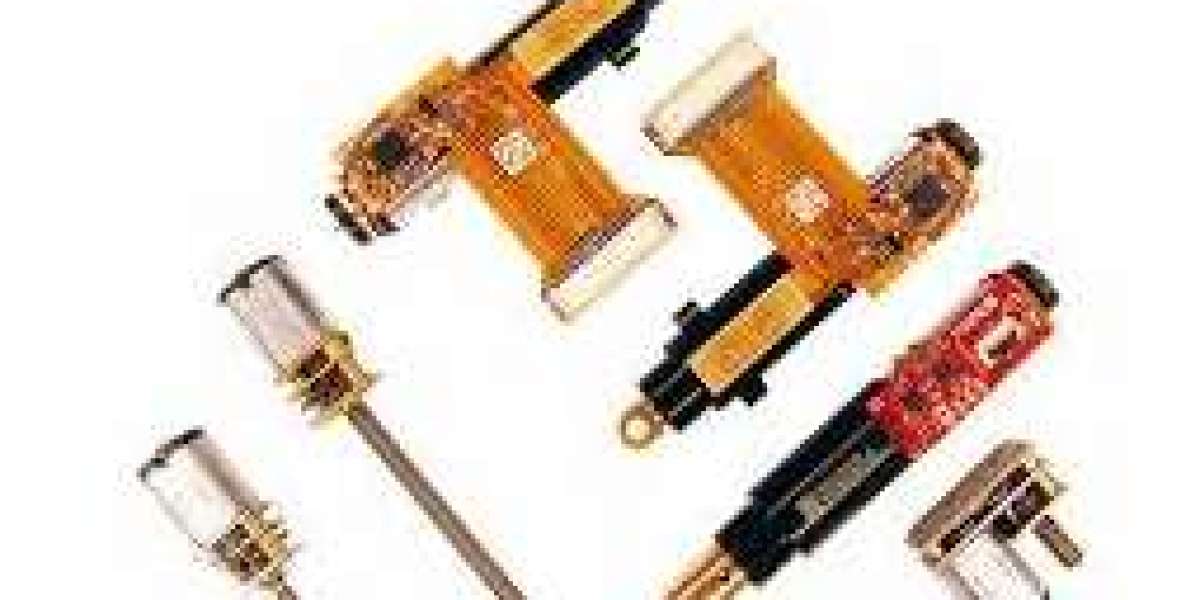Micro Actuator: Small Device, Big Impact
In the world of modern engineering and robotics, size no longer limits performance. One of the most significant innovations that exemplifies this trend is the Micro Actuator. These miniature devices are critical components in a wide range of technologies—from medical instruments and aerospace systems to consumer electronics and microrobotics. Despite their tiny size, micro actuators play a major role in enabling precise motion control at the micro and nano scales.
What Is a Micro Actuator?
A micro actuator is a type of actuator designed to produce movement at a very small scale, often in the range of micrometers (µm) or even nanometers (nm). Like all actuators, its basic function is to convert an input energy (electrical, thermal, magnetic, etc.) into mechanical motion—either linear, rotary, or angular.
Micro actuators are often found as part of Microelectromechanical Systems (MEMS), which combine microelectronics with mechanical components.
Key Characteristics:
Extremely small size (typically sub-millimeter dimensions)
High precision and responsiveness
Low power consumption
Capable of functioning in compact or delicate environments
How Do Micro Actuators Work?
Micro actuators function similarly to their larger counterparts, but they rely on specialized materials and technologies to produce motion. The working principle varies depending on the type of actuator.
Common Actuation Methods:
Electrostatic – Uses electric fields to generate movement between oppositely charged plates. Common in MEMS devices.
Piezoelectric – Uses materials that change shape when an electric voltage is applied.
Thermal (Thermoelectric or Bimetallic) – Uses heat to expand materials or change their shape.
Magnetic (Electromagnetic) – Uses magnetic fields to drive movement.
Shape Memory Alloys (SMAs) – Metals that “remember” their shape and return to it when heated.
Hydraulic or Pneumatic (Microfluidic) – Uses fluid or air pressure to move components, often found in lab-on-chip systems.
Each type offers different benefits, such as force output, speed, energy efficiency, and control precision.
Types of Micro Actuators
Micro actuators come in various configurations depending on their motion type and application. The most common include:
1. Linear Micro Actuators
Produce straight-line motion, useful in positioning systems, optical devices, or sensors.
2. Rotary Micro Actuators
Enable rotational motion and are often used in micromotors or gear-driven mechanisms.
3. Bending or Flexural Micro Actuators
These generate motion through the bending of thin structures, ideal for scanning mirrors or micromanipulators.
Applications of Micro Actuators
Micro actuators are essential to many fields that require miniaturized and precise movement. Below are some of the most impactful applications:
1. Medical Devices
Micro surgical tools that require precise motion
Implantable drug delivery systems
Lab-on-a-chip platforms for diagnostics
2. Consumer Electronics
Smartphones and cameras (auto-focus and image stabilization)
Wearables that monitor and respond to environmental inputs
Haptic feedback systems in gaming or VR devices
3. Aerospace and Defense
Satellite systems that require low-weight, high-reliability actuators
Tiny robotic arms or valves used in compact spacecraft
4. Optical Systems
Micro mirrors for laser beam steering or optical switching
Adaptive lenses for real-time focus adjustments
5. Robotics and Automation
Microrobots used in medical procedures or industrial inspection
Actuators in precision assembly machines
Advantages of Micro Actuators
Miniaturization: Fit into tight spaces and compact devices
Precision: Capable of micrometer or nanometer-level movement
Low Power: Efficient in power usage, especially electrostatic and piezo types
Fast Response Time: React quickly to control inputs
Integration: Easily combined with sensors and electronic control systems
Challenges and Limitations
While micro actuators are highly valuable, they also face unique challenges:
Limited Force Output: Due to their size, they can’t produce as much force as macro actuators
Complex Fabrication: Requires advanced manufacturing techniques like photolithography or etching
Sensitivity: Prone to damage from environmental factors such as temperature, moisture, or vibration
High Cost: Especially for custom-designed actuators or small-volume production
Future Trends in Micro Actuator Technology
The future of micro actuators looks promising, with ongoing research focused on improving performance, durability, and affordability. Some key areas of advancement include:
Bio-inspired actuators using soft materials and fluidic control
Smart materials that adapt to conditions in real time
Nanoactuators for manipulation at the molecular scale
3D-printed micro actuators enabling faster prototyping and lower costs
Conclusion
From powering the lenses in our smartphones to enabling complex medical procedures, micro actuators are revolutionizing how we control motion on the smallest scales. As technology trends continue toward miniaturization and precision, the role of micro actuators in science, industry, and everyday life will only continue to grow.
These tiny devices are proof that sometimes, the biggest innovations come in the smallest packages.














